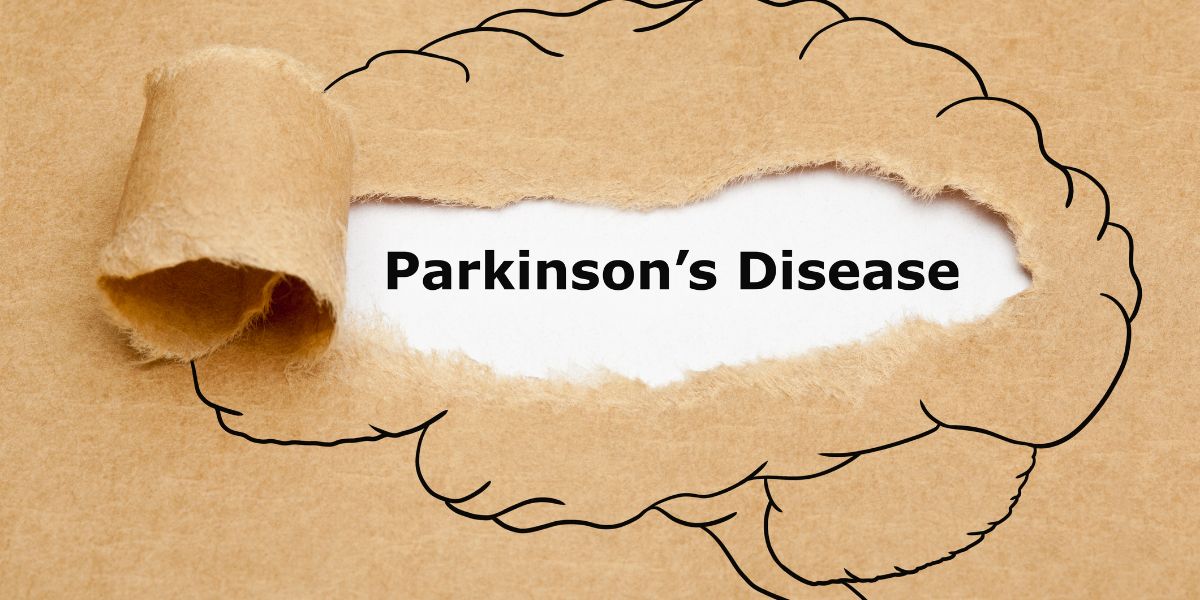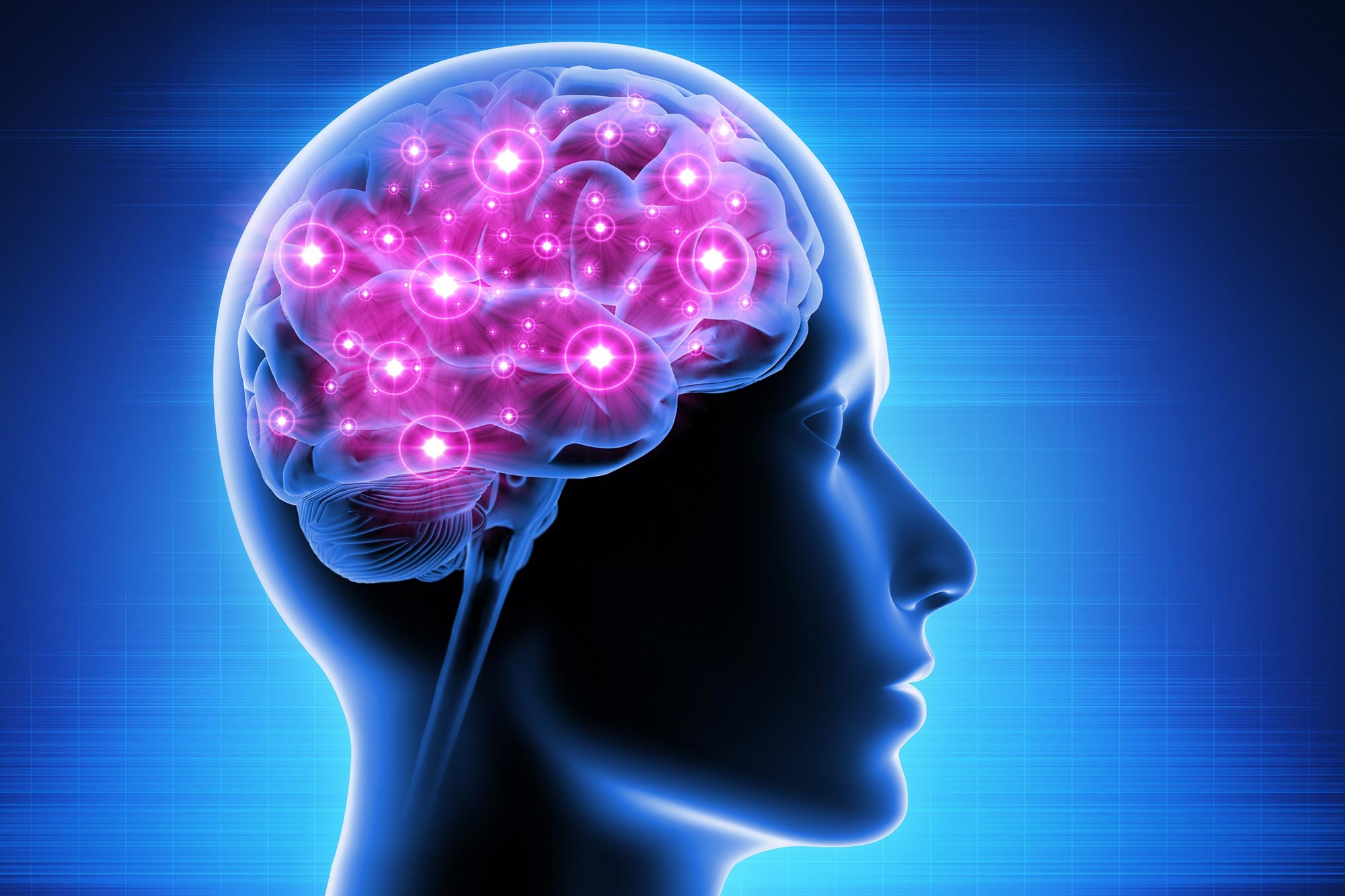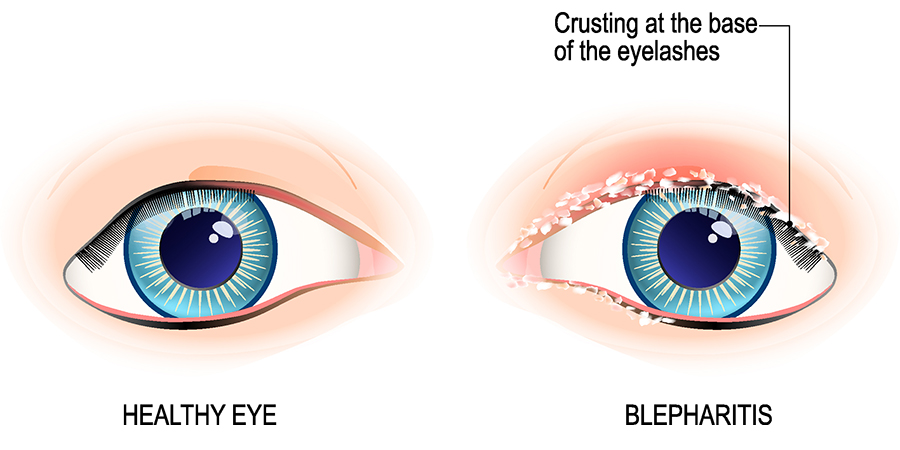
How to rejuvenate vision naturally
Vision is an essential part of our daily lives, and it’s important to take care of it. While glasses and contacts can help with visual acuity, there are also natural ways to improve and rejuvenate your vision. Here are some tips on how to do so: By following these tips, you can help to rejuvenate…














